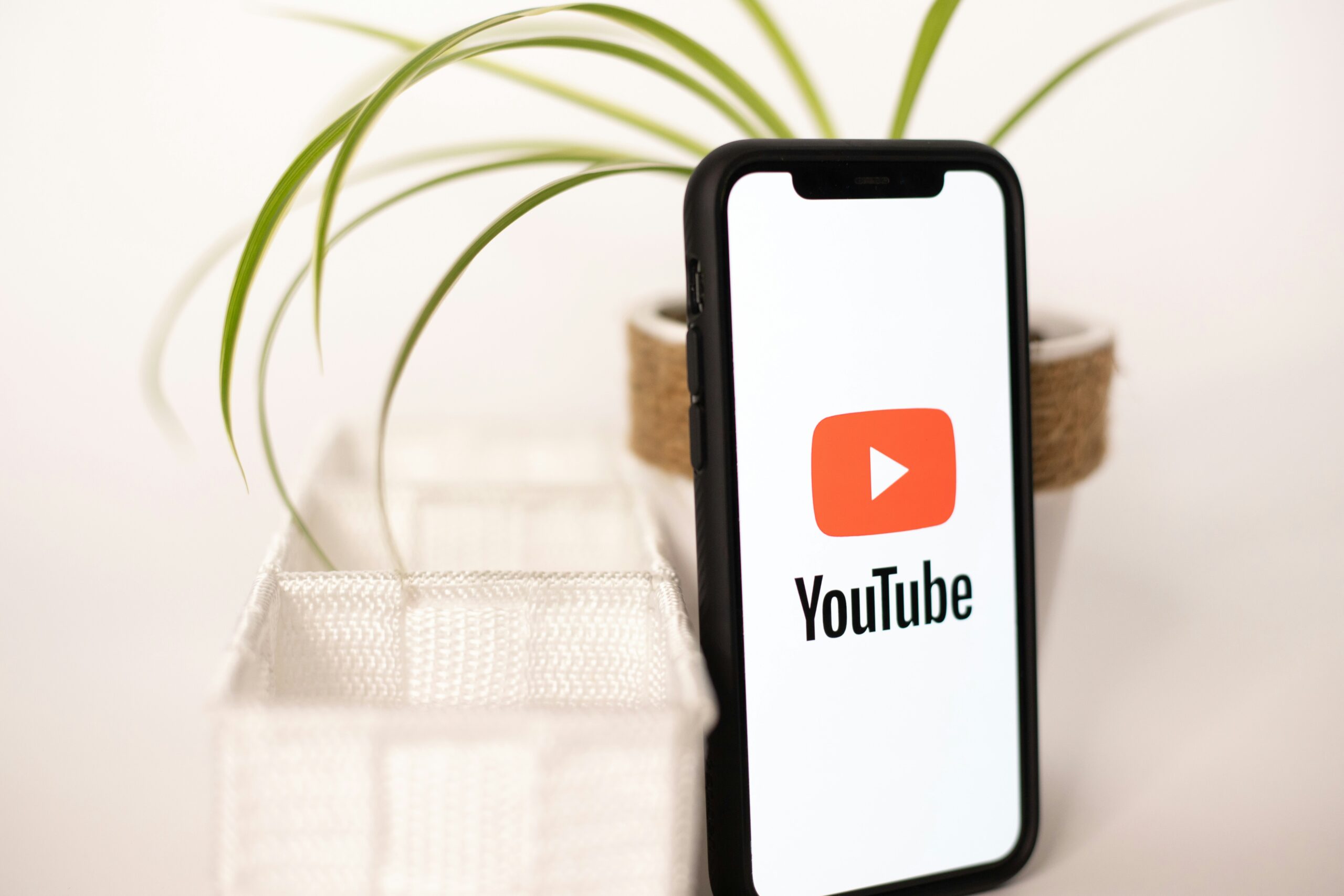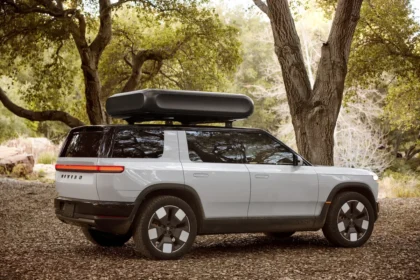YouTube just took a new step in its ongoing mission to make the internet a safer place for teenagers. The video giant is rolling out a new age estimation technology in the U.S. that uses AI to determine a user’s age and it’s not just based on your date of birth anymore. If you’re underage and trying to sneak into adult content with a fake birthday, YouTube’s new AI might just catch you blinking.
What’s Changing?
The platform will now begin verifying viewers’ ages using facial analysis technology, yes, facial analysis. It’s similar to what’s already in place in the EU, where YouTube has partnered with a company called Yoti, which specializes in privacy-focused age estimation.
So, what does that mean for users? If you’re suspected to be under 18, YouTube may ask you to take a quick selfie video, which the system analyzes (without identifying you personally) to estimate your age. If you’re over 18, carry on. If you’re underage, the platform will restrict access to age-inappropriate content and activate extra protections.
Why Now?
Teens in the U.S. spend a massive chunk of their screen time on YouTube. And with growing scrutiny over tech giants and how they protect (or fail to protect) younger users, this move isn’t just smart, it’s strategic. Lawmakers and watchdogs have been calling for stronger digital safeguards for kids, especially on platforms flooded with videos that may not always be teen-friendly.
YouTube’s response? Tighten the gates, but do it with AI rather than putting everyone through tedious ID checks.
What Protections Will Be Added?
For those flagged as teens (13–17), YouTube will turn on more default privacy settings, limit ad targeting, and block mature content. It’s part of Google’s broader push to apply more age-appropriate design rules across its platforms.
Of course, some users are already worried about privacy concerns and false positives, like being wrongly flagged as underage or facing extra steps to prove you’re not a teenager. YouTube insists the technology doesn’t store biometric data and is only used for the purpose of age estimation. Once verified, the data is deleted.
Related: AI tools that “undress photos are making millions – And it is a problem
Will This Actually Work?
That depends. YouTube says its AI-based age verification tool has proven highly accurate in Europe, and now they’re ready to scale it in the U.S. But rolling it out nationwide is a big leap and one that will be watched closely by parents, policymakers, and privacy advocates alike.
If successful, it could set a new standard for age-gating online. If not, well, you can bet TikTok and Instagram will be watching from the sidelines with popcorn in hand.







